Senior-Friendly Technology: Gadgets to Make Life Easier

Technology has advanced greatly in recent years, and it’s not just for the younger generation. More and more gadgets are designed with seniors in mind, making daily tasks easier, enhancing independence, and improving quality of life. From simplifying communication to improving safety, senior-friendly technology offers countless benefits to help seniors stay connected, engaged, and safe.
In this blog, we’ll explore a range of gadgets that are particularly well-suited to seniors, highlighting how these technologies can make life more convenient and enjoyable. Whether you’re a senior looking for tech solutions or a caregiver searching for helpful tools, there’s something here for everyone.
1. Smartphones with Simplified Interfaces
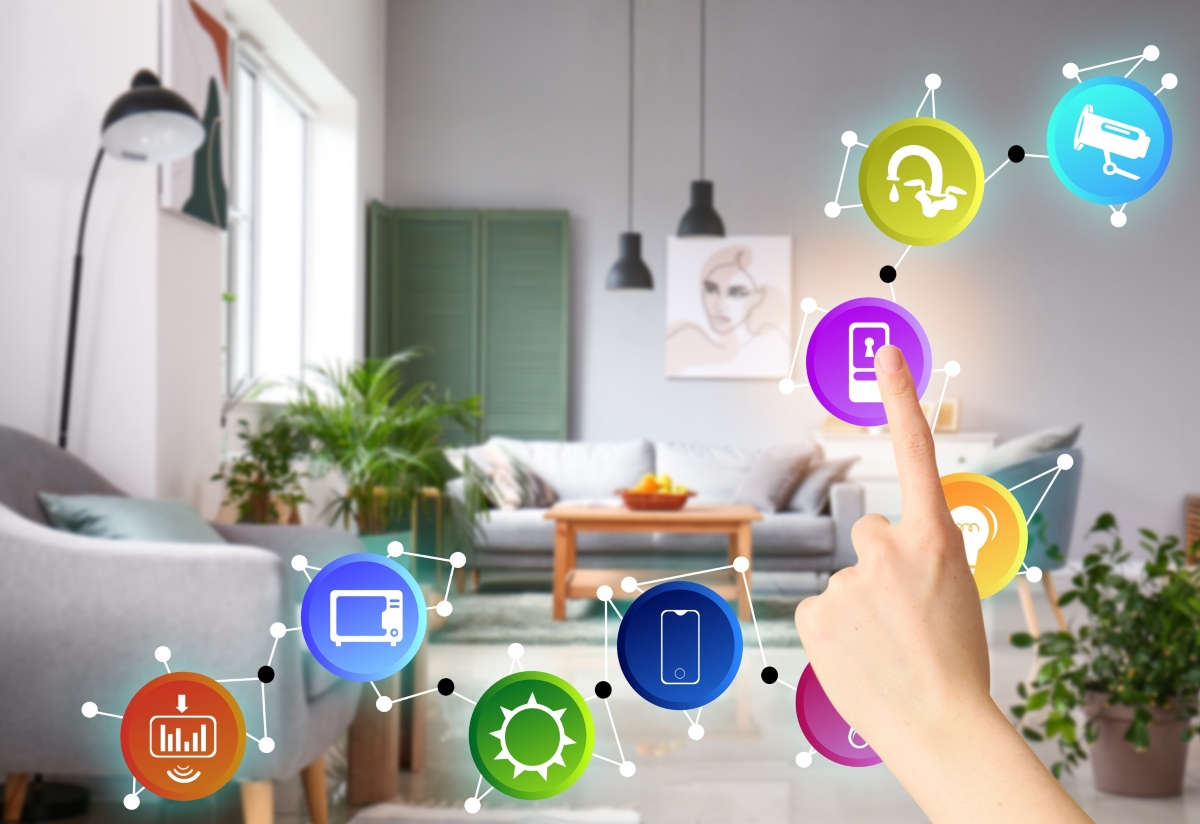
While smartphones have become essential to modern life, they can sometimes feel overwhelming, especially with their complex interfaces and many apps. Fortunately, several smartphones are designed with seniors in mind, offering simplified menus, larger text, and easy-to-use features.
Why It’s Useful: A senior-friendly smartphone, like the Jitterbug Smart3 or GrandPad, simplifies communication with family and friends, allowing seniors to make calls, send texts, and even video chat easily. These devices typically have larger icons, easy-to-read text, and voice command features, ensuring that staying connected doesn’t feel like a chore.
Bonus Features: Many phones also come with built-in emergency buttons, offering a quick way to call for help. Additionally, these phones can sync with other devices, such as hearing aids or home automation systems, for even greater convenience.
2. Voice-Controlled Assistants
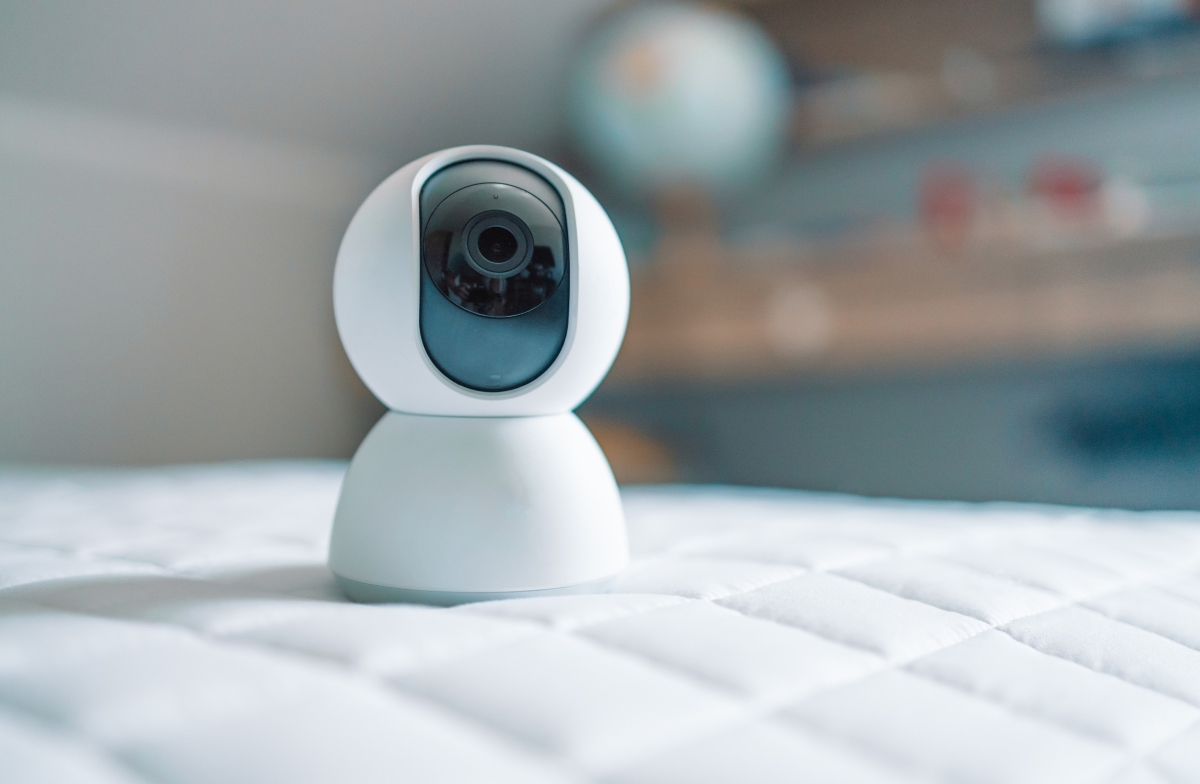
Voice-controlled assistants like Amazon Echo (Alexa) or Google Nest (Google Assistant) can be a game-changer for seniors. These smart speakers respond to voice commands, allowing users to control various household functions without touching a single button.
Why It’s Useful: Voice assistants can answer questions, set medication reminders, control smart home devices (such as lights and thermostats), and even make hands-free phone calls. For seniors with limited mobility or visual impairments, these assistants offer an easy, hands-free way to manage daily tasks and stay organized.
Bonus Features: Voice-controlled devices can also play music, read audiobooks, provide news updates, or offer weather forecasts, helping seniors stay entertained and informed without navigating complex technology.
3. Medical Alert Systems
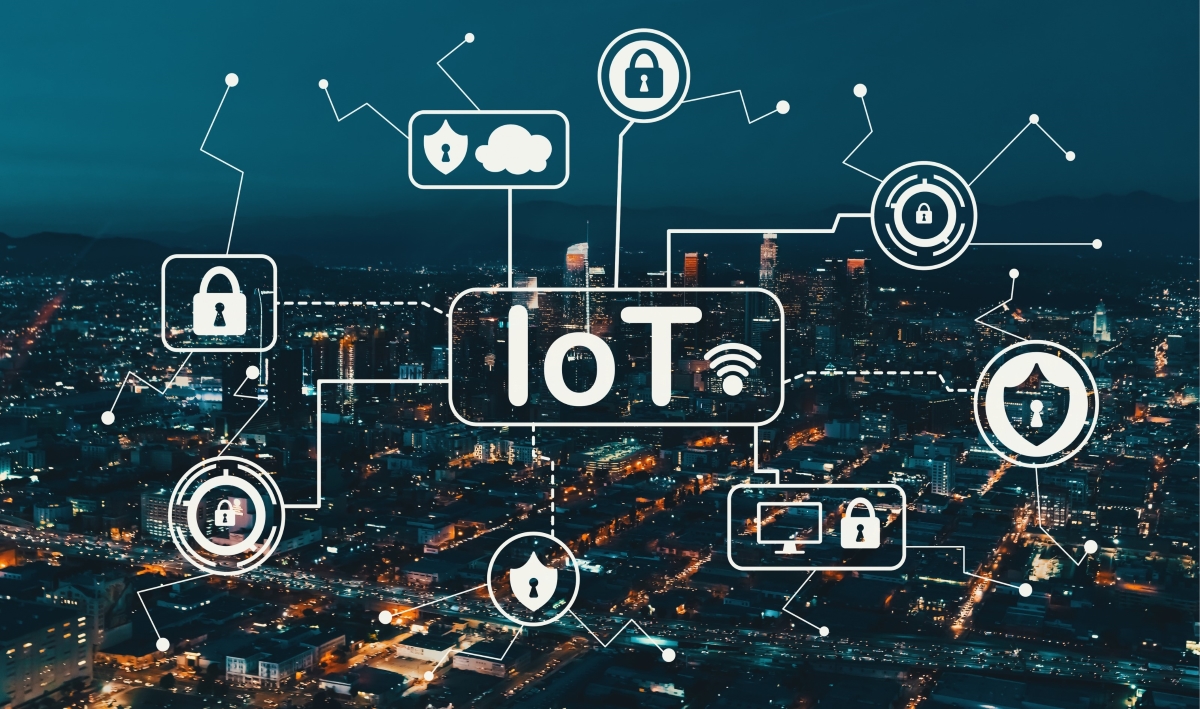
Medical alert systems, such as Life Alert or MobileHelp, are invaluable for seniors living alone or those with health concerns. These devices typically consist of a wearable button or pendant that can be pressed to summon help in an emergency, such as a fall or sudden illness.
Why It’s Useful: For seniors at risk of falling or experiencing a medical emergency, a medical alert system offers peace of mind for the user and their family. In an emergency, pressing the button immediately connects the user to a 24/7 response center that can dispatch medical assistance.
Bonus Features: Some systems also include GPS tracking, which allows caregivers to monitor a senior’s location, providing an added layer of safety. Newer models may also offer automatic fall detection, calling for help even if the user cannot press the button.
4. Smart Home Devices
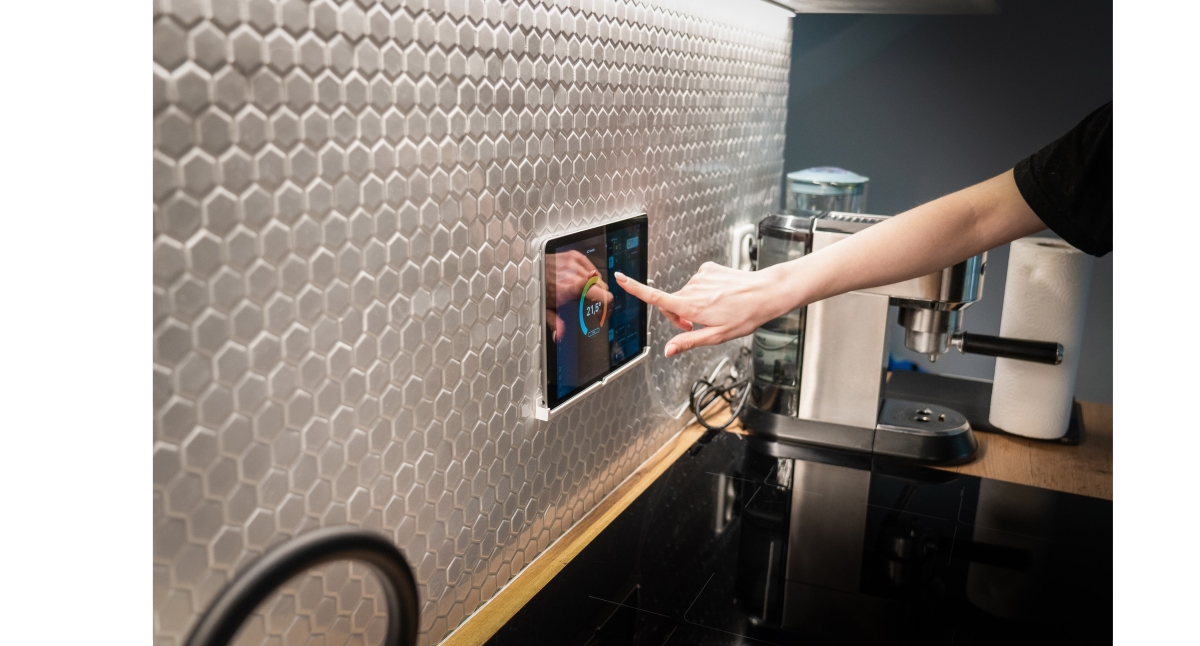
Smart home devices can make everyday tasks easier and safer for seniors by allowing them to control lights, locks, thermostats, and even appliances through voice commands or a smartphone app.
Why It’s Useful: Devices like smart lights and smart thermostats allow seniors to manage their home environment without unnecessarily moving around. For example, they can turn lights on or off, adjust the temperature, or lock doors from the comfort of their bed or chair, making their home more comfortable and secure.
Bonus Features: Smart home devices can also be set up to create automated routines, such as turning lights on at sunset or adjusting the thermostat at certain times. These automated features can make life easier and reduce the risk of accidents like tripping over objects in a dark room.
5. Tablets with Senior-Friendly Features
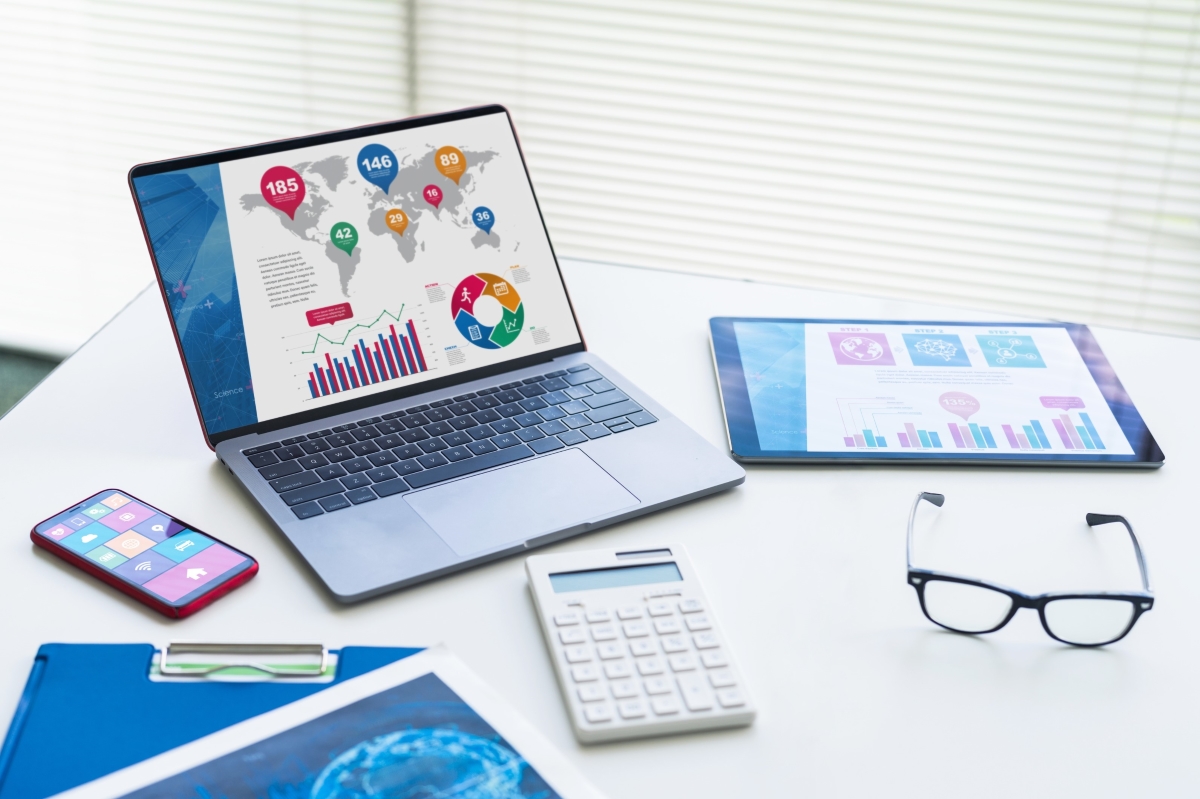
Tablets provide a great middle ground between smartphones and computers, offering a larger screen for reading, browsing, and video chatting. Some tablets, such as GrandPad, are designed specifically for seniors, featuring simplified interfaces, large icons, and easy-to-use applications.
Why It’s Useful: Tablets make it easier for seniors to connect with loved ones via video calls, emails, or social media. They also offer access to various entertainment options, from streaming movies and TV shows to playing games and reading eBooks.
Bonus Features: Many senior-friendly tablets include built-in support for family members or caregivers, allowing them to manage the device remotely or provide tech support when needed.
6. Smart Medication Dispensers
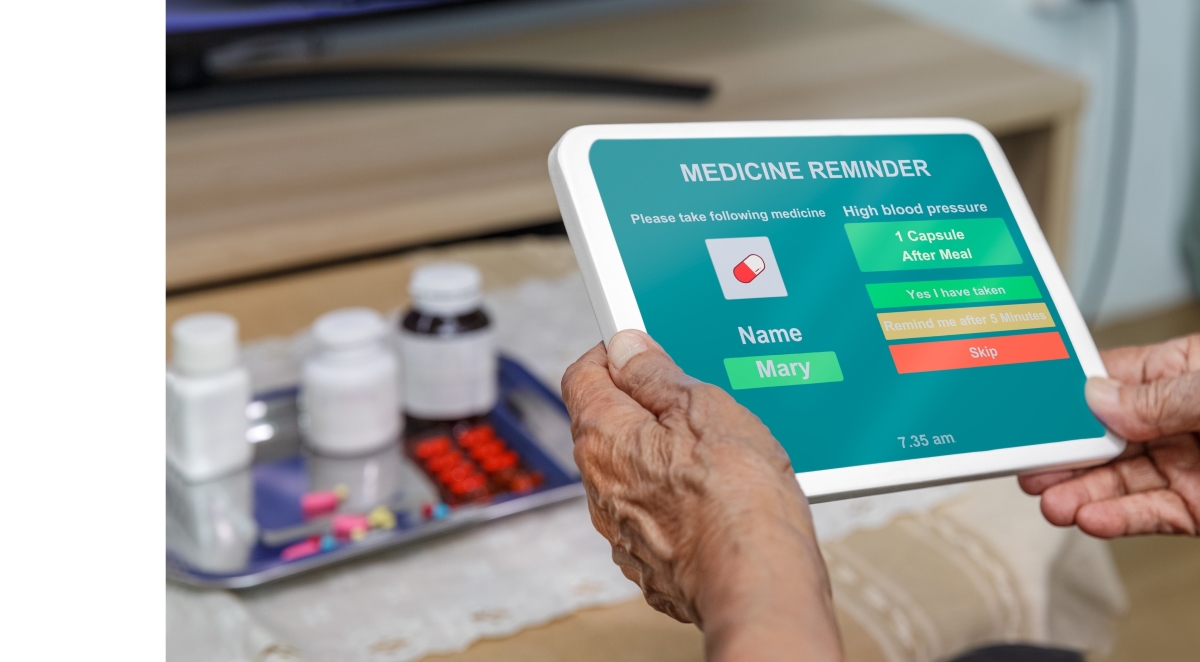
A smart medication dispenser can be a lifesaver for seniors managing multiple medications. Devices like Hero or MedMinder automate the process of organizing and dispensing medication, ensuring that the right pills are taken at the right time.
Why It’s Useful: These devices alert seniors when it’s time to take their medication and only dispense the correct dosage, reducing the risk of missed or incorrect doses. Some dispensers even notify caregivers if a dose is missed, providing added peace of mind.
Bonus Features: Smart dispensers can also connect to mobile apps, allowing seniors and caregivers to track medication schedules and receive reminders on the go.
7. E-Reader

For seniors who love to read but find traditional books too heavy or difficult to handle, an e-reader like Amazon Kindle can provide a more accessible alternative. E-readers offer adjustable font sizes, backlighting, and a lightweight design that makes reading more comfortable.
Why It’s Useful: E-readers are perfect for seniors with vision impairments, as they allow for larger, clearer text that can be adjusted to individual preferences. They’re also great for those with arthritis or limited dexterity, as e-readers are lighter and easier to hold than most books.
Bonus Features: Many e-readers also offer access to a library of audiobooks, allowing seniors to listen to their favorite titles if reading becomes too strenuous.
8. Video Doorbells
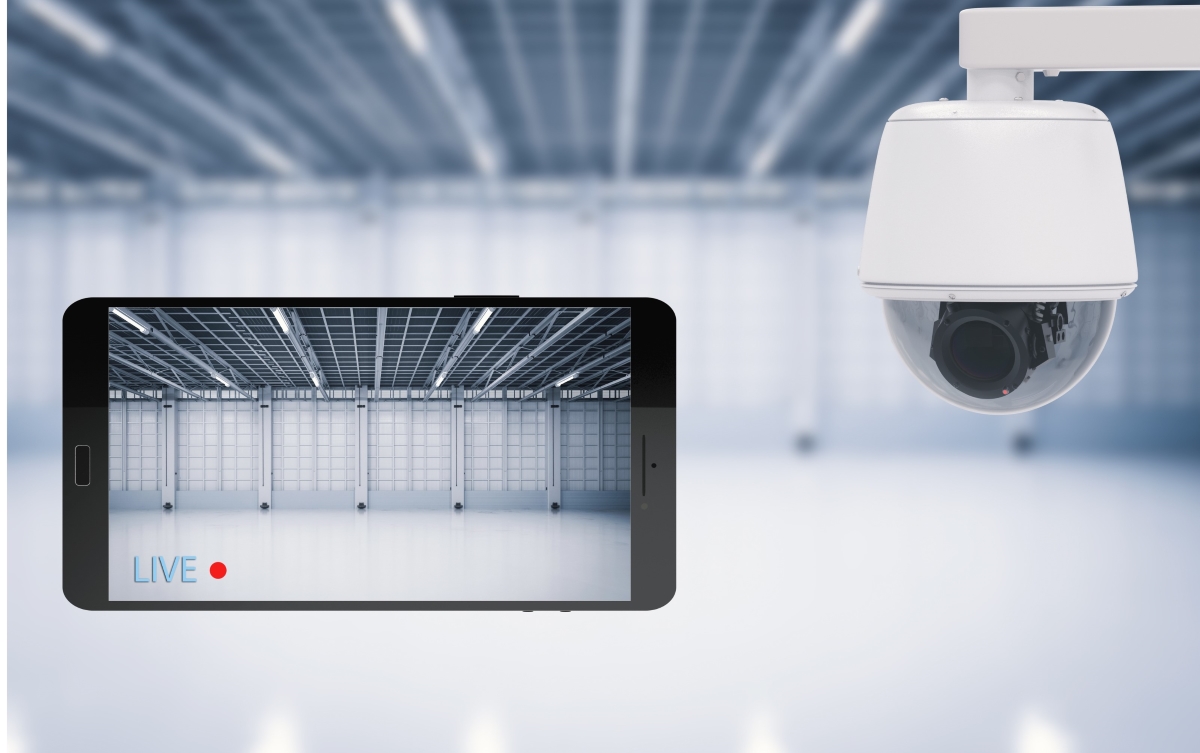
Security is a top concern for seniors, especially those living alone. Video doorbells, such as Ring or Nest Hello, allow users to see and speak to visitors at their door via a smartphone app, providing an extra layer of security and peace of mind.
Why It’s Useful: With a video doorbell, seniors can check who is at their door without having to get up or open it, helping them avoid potential scammers or unwanted visitors. These devices can also record footage, offering additional protection and security.
Bonus Features: Video doorbells can be integrated with other smart home systems, such as security cameras and lights, to create a comprehensive home security setup.
Conclusion: Embracing Technology for a Better Life
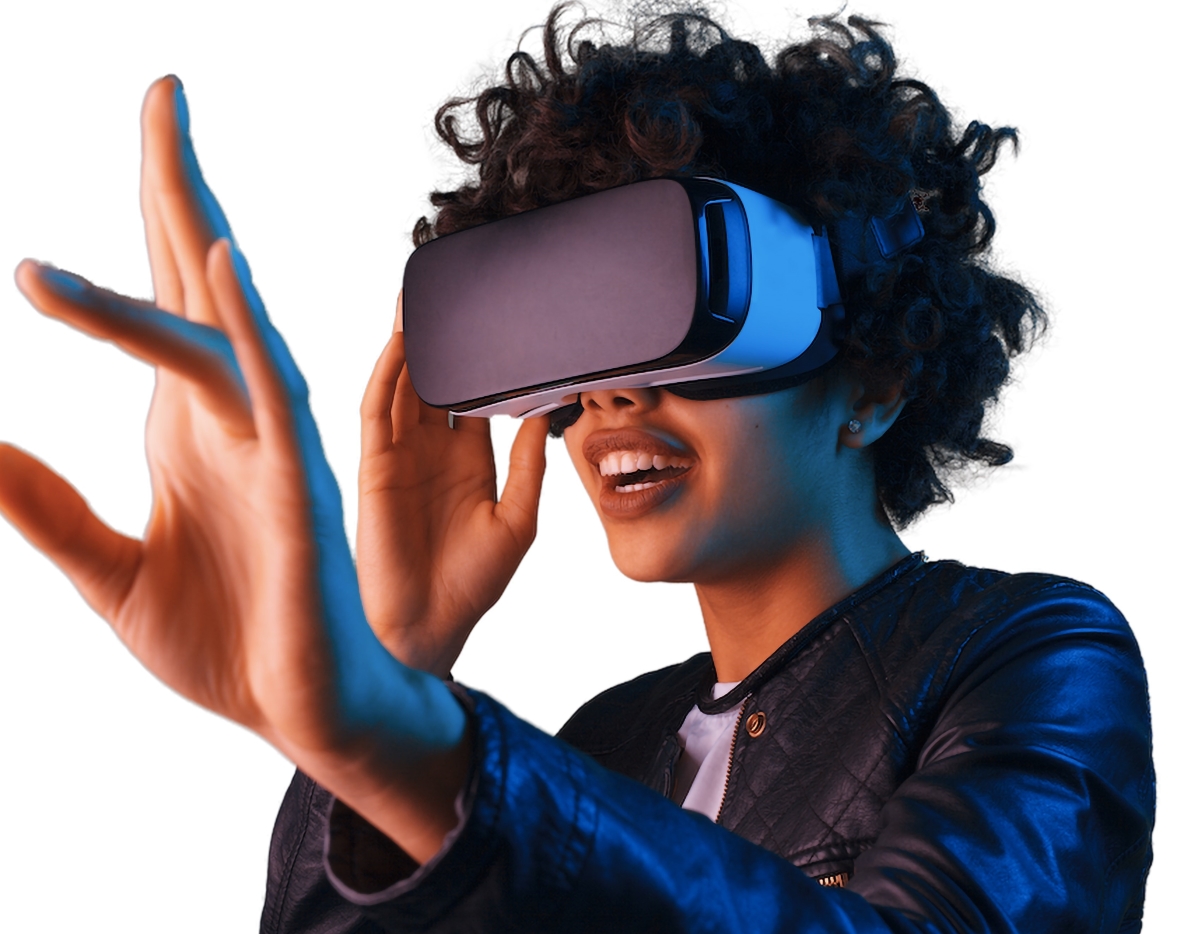
Senior-friendly technology has evolved to address the unique needs of older adults, offering practical solutions that improve independence, safety, and connectivity. Whether it’s simplifying communication with family, making household tasks more manageable, or providing peace of mind in emergencies, these gadgets can profoundly impact a senior’s daily life.
By embracing these senior-friendly devices, older adults can live comfortably, stay connected, and enjoy a higher quality of life. With a range of options available, there’s a tech solution for every senior, helping them navigate the challenges of aging with confidence and ease.





